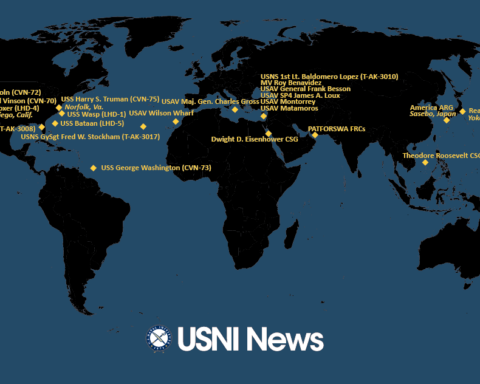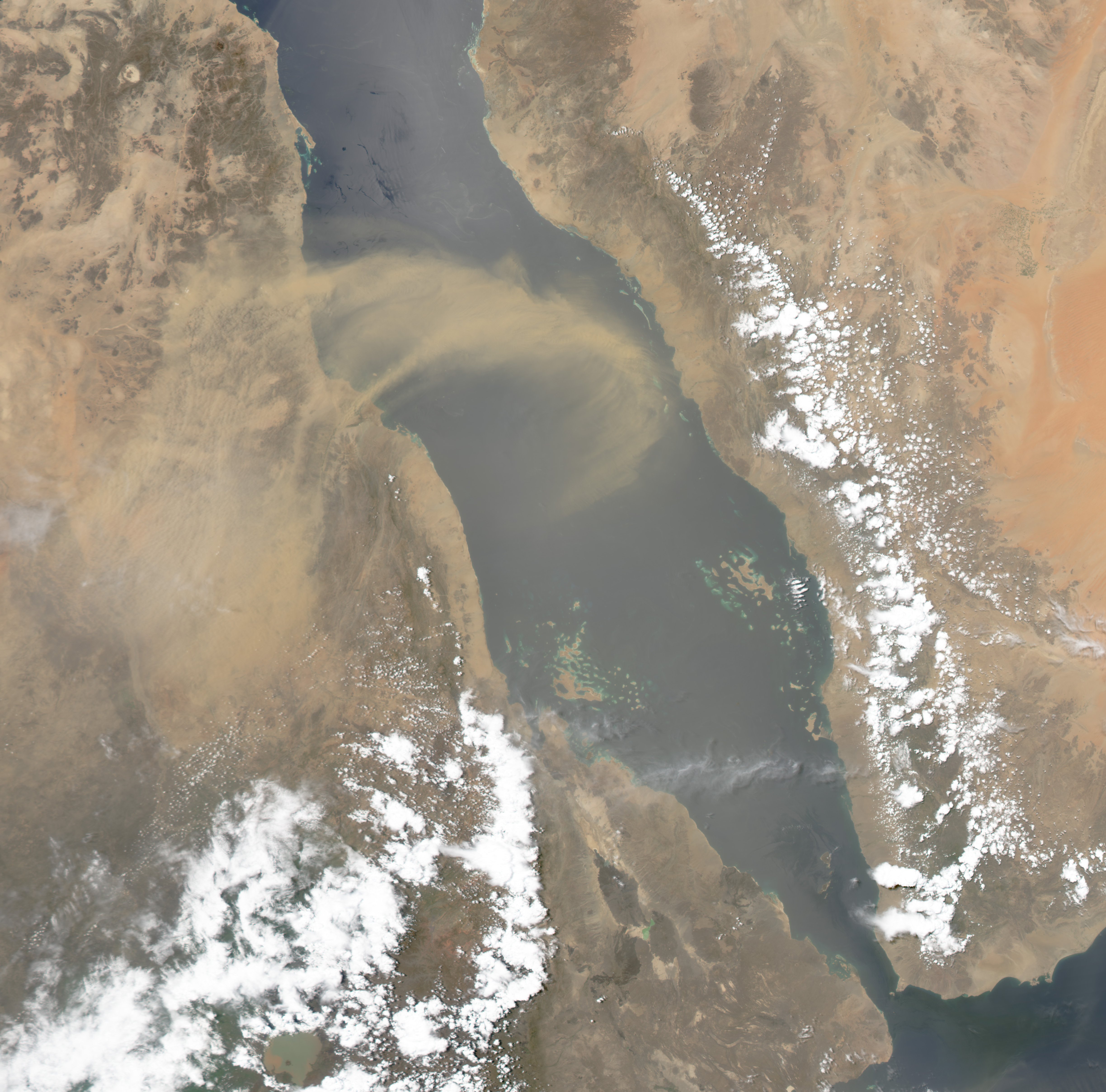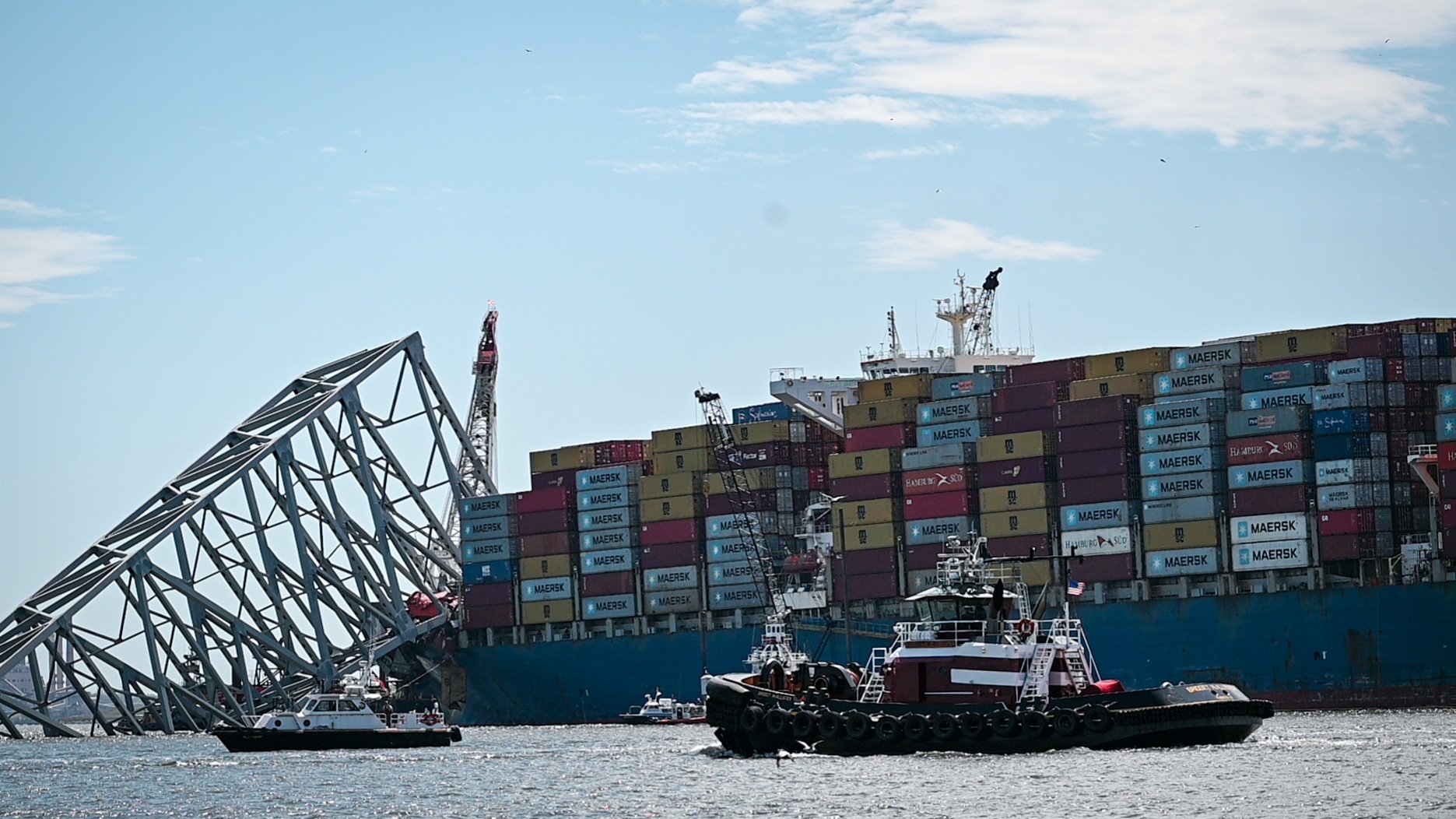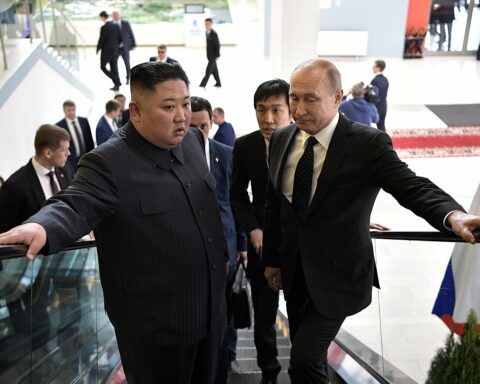The following is the Feburary U.K. Ministry of Defence report, Defence Drone Strategy: The UK’s Approach to Defence Uncrewed Systems
From the report
The use of uncrewed systems in conflict is not new. During the First World War, both aerial target drones and distance control boats were developed for deploying explosives. However, in contemporary conflicts uncrewed systems are being used for a wider range of tasks than ever before – from finding to lifting and striking. Uncrewed systems increase the efficiency of a force, reducing the risk to people in physically and electronically contested environments and freeing up personnel for essential tasks that only humans can do.
The scale of use of uncrewed systems in increasingly physically and electronically contested environments in recent conflicts is unprecedented. The rapid development of dual-use and relatively inexpensive commercial and military technologies have democratised their employment; used both surgically and to generate mass to hold much more expensive and advanced platforms at risk. Their use in all theatres – Ukraine in the tens of thousands, the Middle East and the southern Red Sea – indicates the use of uncrewed systems are not only here to stay but are likely to increase as technology expands opportunities for their employment.
The UK defence enterprise – Government and industry together – has stepped up to the challenge supporting Ukraine. We have already provided thousands of uncrewed systems, with our recent annual commitment of £2.5 billion of military support to Ukraine continuing, including hundreds of millions to support logistic, surveillance, strike and maritime uncrewed platforms.
We have learnt, and will continue to learn, important lessons relating to uncrewed technology from Russia’s illegal war in Ukraine, including developing and delivering long range air and maritime strike uncrewed systems.
Uncrewed systems are about much more than the platform – they rely on the deliberate integration of components, software and supporting networks. We have also learnt wider lessons for acquisition: the fast-paced nature of technological adaption alongside industry measured at times in weeks, challenging our traditional development and acquisition methods. This demands a shift in our procurement approach to deliver effective, interoperable and safe capabilities at pace.
Uncrewed technologies are forming an increasingly important part of the UK’s force mix. We already have significant experience, and ambitious programmes in train. But our adversaries are developing their capabilities at pace too, and we must retain our edge.
Developed with defence and industry stakeholders, this strategy aims to enhance collaboration and innovation relating to uncrewed systems. It focuses on capability development, acquisition, and the achievement of operational advantage across air, land, and maritime surface and sub-surface systems.2 It is designed to guide defence practitioners and industry on how the Ministry of Defence will link research, development, manufacturing and platform adaptation to make the UK a world leader in uncrewed systems. Its delivery will be driven by a governance mechanism involving all single Services and integrated through UK Strategic Command to maximise the integration of our uncrewed capabilities. As technology advances, we must adapt to seize the shifting opportunities and adapt to the changing character of warfare.
Vision
Our vision is for the UK to be world-leading in uncrewed defence systems, leveraging our considerable research, development and manufacturing capabilities to safeguard national security and foster economic growth; protecting the nation and helping it prosper. The seamless integration and operation of uncrewed and autonomous systems will significantly enhance our defence capabilities. Through constant adaptation and iterative development, they will deliver a more potent military effect that ensures we are better able to defend and deter.
Download the document here.





